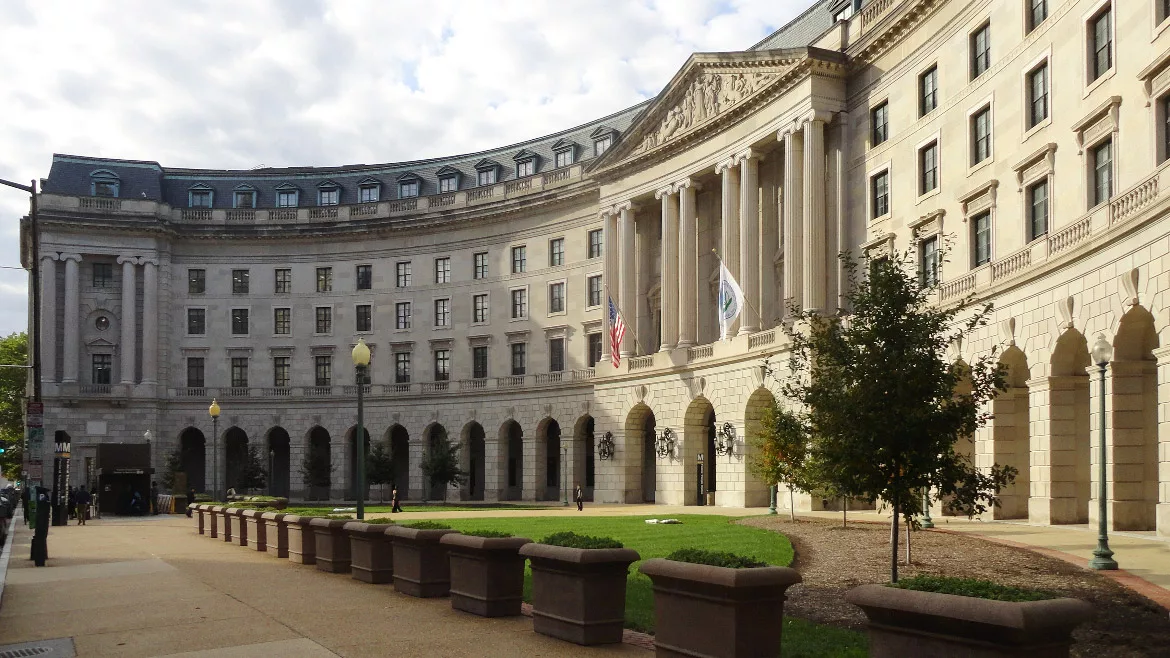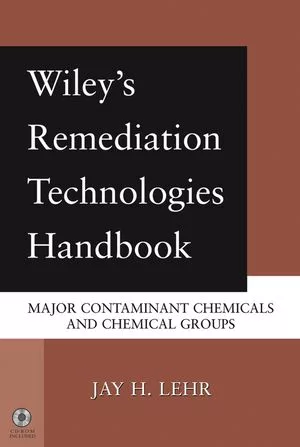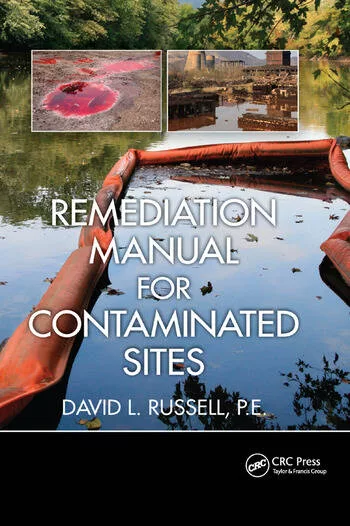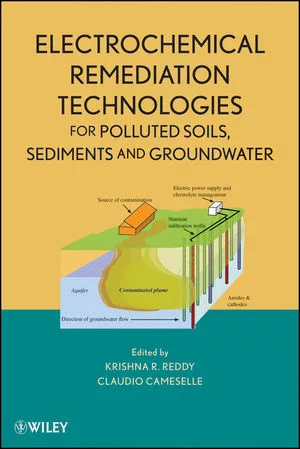EPA Delays Key PFAS Drinking Water Rules, Plans to Roll Back Protections for Four Chemicals
EPA to extend compliance deadline for utilities on PFOA and PFOS, while reversing course on standards for four other PFAS

Main entrance of U.S. EPA Headquarters; the William Jefferson Clinton Federal Building on 12th Street, N.W., Washington, D.C. Photo by EPA
The U.S. Environmental Protection Agency (EPA) has announced it will maintain current national drinking water standards for two notorious “forever chemicals,” while extending compliance deadlines for utilities and signaling a rollback of federal protections for four other PFAS contaminants.
The move, unveiled May 14, 2025, by EPA Administrator Lee Zeldin, represents a major shift from the agency’s landmark 2024 rule, which had set enforceable limits for six PFAS chemicals in drinking water for the first time in decades. The EPA now intends to keep the standards for perfluorooctanoic acid (PFOA) and perfluorooctane sulfonic acid (PFOS), but will push the deadline for water systems to comply from 2029 to 2031. At the same time, EPA will rescind and reconsider the Biden-era drinking water regulations for PFHxS, PFNA, HFPO-DA (known as GenX), and a hazard index that includes PFBS.
“The work to protect Americans from PFAS in drinking water started under the first Trump Administration and will continue under my leadership,” Administrator Zeldin said in the agency’s announcement. “We are on a path to uphold the agency’s nationwide standards to protect Americans from PFOA and PFOS in their water. At the same time, we will work to provide common-sense flexibility in the form of additional time for compliance. This will support water systems across the country, including small systems in rural communities, as they work to address these contaminants. EPA will also continue to use its regulatory and enforcement tools to hold polluters accountable
The EPA’s plan includes launching a new PFAS OUTreach Initiative (PFAS OUT), designed to engage every public water utility that needs capital improvements to address PFAS contamination. The program will provide technical assistance, resources, and funding to affected communities, with special emphasis on small and rural water systems. EPA says PFAS OUT will ensure “no community is left behind as we work to protect public health and bring utilities into compliance with federal drinking water standards.”
Zeldin also emphasized the agency’s intention to hold polluters — not water utilities and ratepayers — financially responsible for contamination, stating, “The need for a polluter pays model has guided a lot of the work to be done at EPA in the future.”
Industry and State Groups Welcome the Delay
Industry groups and water utility associations praised the EPA’s decision to delay compliance deadlines. Matthew Holmes, CEO of the National Rural Water Association, said the delay “provides the additional time that water system managers need to identify affordable treatment technologies and make sure they are on a sustainable path to compliance.” Alan Roberson, executive director of the Association of State Drinking Water Administrators, said the extension and increased technical assistance “will address the number of systems that would be out of compliance in 2029 due to not being able [to] complete all of these tasks on time.”
A Partial Rollback: What Changes and What Remains
The EPA’s 2024 rule, finalized under President Biden, established Maximum Contaminant Levels (MCLs) and Maximum Contaminant Level Goals (MCLGs) for six PFAS chemicals, including PFOA and PFOS, and required water systems to adjust treatment infrastructure accordingly. Now, the agency plans to extend the compliance deadline to 2031 and rescind the standards for GenX, PFHxS, PFNA, and the Hazard Index for mixtures of these chemicals plus PFBS. The agency will issue a proposed rule this fall and finalize it in early 2026.
Legal experts Taylor Pullins and Laura Mulry of White & Case summarized the significance: “On May 14, 2025, the U.S. Environmental Protection Agency (EPA) announced that it plans to retain the current drinking water standards for two per- and polyfluoroalkyl substances (PFAS), i.e., perfluorooctanoic acid (PFOA) and perfluorooctane sulfonic acid (PFOS), but delay related compliance deadlines from 2029 to 2031. Notably, EPA now intends to rescind regulations for four other PFAS covered in the Biden-era PFAS drinking water rule. EPA plans to issue a proposed rule this fall and finalize the rule in early 2026."
Pullins and Mulry noted that environmental groups have criticized the announcement, warning that it could violate the Safe Drinking Water Act’s “anti-backsliding provision,” which prohibits the agency from weakening existing drinking water standards. At the same time, industry and state groups argue that the delay is necessary to allow time for pilot testing, planning, and construction of new treatment systems.
Health Risks and Public Health Concerns
PFAS, or per- and polyfluoroalkyl substances, are a class of thousands of synthetic chemicals used in consumer and industrial products for their ability to resist heat, water, and stains. Known as “forever chemicals” because they do not break down in the environment, PFAS have been linked to kidney and testicular cancer, liver damage, and developmental harms in children.
Environmental health advocates say that about half of Americans are exposed to PFAS-contaminated water, and that the EPA’s previous regulations were a long-overdue step to address a public health crisis. The agency’s plans to rescind protections for four PFAS chemicals have been met with strong opposition from groups like NRDC and Earthjustice, who argue that delaying or weakening standards will leave millions of people at risk.
Legal and Political Backdrop
The Biden-era rule is currently being challenged in court by industry groups and utilities, with the EPA announcing it will support the Department of Justice in defending the rule for PFOA and PFOS. The debate over PFAS regulation has intensified in recent years, with lawmakers, regulators, and advocacy groups calling for stricter standards and greater accountability for polluters.
Administrator Zeldin’s announcement builds on previous EPA efforts, including the 2019 PFAS Action Plan and ongoing outreach and technical assistance programs. The agency says it will continue to offer services to water systems nationwide and encourage states to seek additional time for compliance as needed.
What’s Next
EPA’s plan calls for a new proposed rule this fall, with a final rule expected in the spring of 2026. In the meantime, the agency says it will work to provide support to affected communities, communicate with stakeholders, and continue efforts to hold polluters accountable.
For more information on the PFAS rule and available technical assistance, visit the EPA’s PFAS regulation page. For legal analysis, see the full article by Taylor Pullins and Laura Mulry at White & Case.




.webp?height=200&t=1663879182&width=200)


